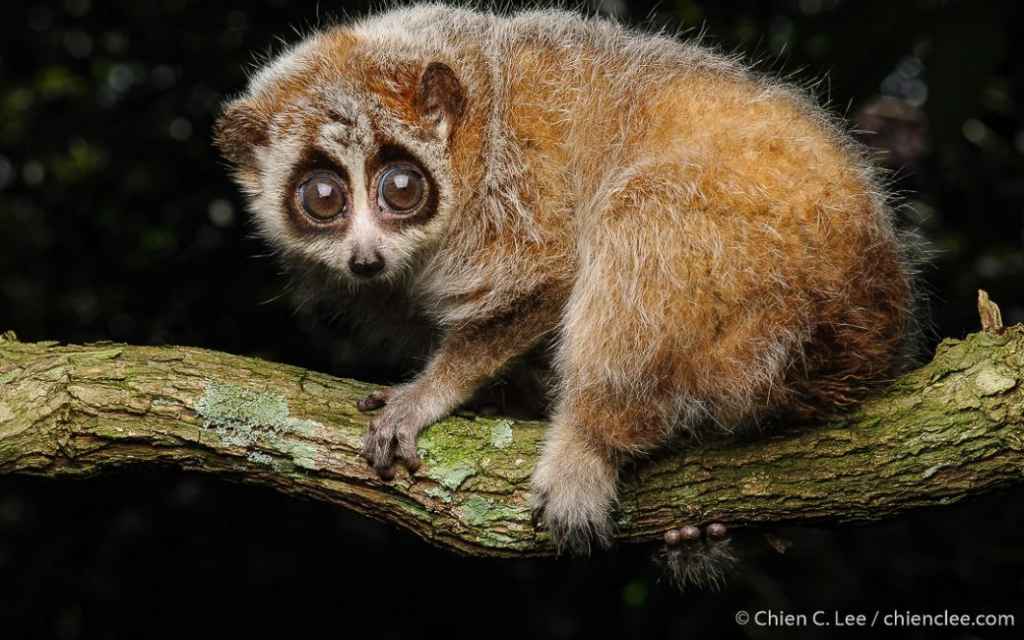Illegal and unsustainable wildlife trade is affecting all of us – what can we do about it?

Illegal or unsustainable wildlife trade affects biodiversity, ecosystem services, people’s livelihood, and economies all over the world. Worldwide experts warn about the perils related to this activity and provide a roadmap for curbing its growth.
Plants, animals, fungi, microorganisms, and products derived from them are traded all around the world for various purposes such as provision of food, medicine, ornament, fashion, and furniture. They can also be traded live as pets, research or for exhibitions in zoos, aquaria and botanical gardens.
Wildlife can also play different social and economic roles for local communities, be harvested, and consumed locally, or be passed along a complex multinational trade chain.
“When people think about wildlife trade, they may think about ivory smuggling or the commerce in wild pets. But wildlife trade is more present in our daily lives than people imagine. For example, the timber that was used to make the table where your family has dinner may be a product of the wildlife trade,” says Caroline Fukushima, researcher at the Finnish Museum of Natural History (Luomus), University of Helsinki.
The trade affects also other species, including us
Wildlife trade can be legal, illegal, or unregulated, sustainable, or unsustainable.
"However, people need to be aware that legally trade does not necessarily mean ‘sustainably produced or traded’. Illegal or unsustainable wildlife trade (IUWT) represents one of the five major drivers of biodiversity loss and extinction at global scales", Fukushima says.
Besides the target species themselves, IUWT often also affects species with which they interact in their native or introduced range. Ultimately, the illegal and unsustainable wildlife trade affects the ecosystem services on which other species, including our own, depend. Often other species are in fact the main losers in the process, even if these go largely unnoticed.
“Invasive alien species, zoonotic diseases, connection with corruption and crime networks, negative repercussions on the local and global economy, and promotion of social, economic, and environmental injustice, are some of the many negative consequences of wildlife trade that is not well managed and regulated,” says Pedro Cardoso, also from Luomus, one of the researchers leading the publications.
Cooperation is urgently needed
An international group of conservation biologists, activists, enforcers, practitioners and other actors have built on the manifesto "World Scientists’ Warning to Humanity", issued by the Alliance of World Scientists. The group wants to review illegal and unsustainable wildlife trade and alert us on how it can negatively impact our own well-being.
The group discusses the challenges faced when tackling illegal and unsustainable wildlife trade and proposes some actions to overcome them. They also highlight the urgent need for more cooperation between actors and disciplines to curb its negative consequences.
“Understanding the cultural roots and drivers of wildlife consumption and taking into account its cultural and social nuances are essential to develop conservation strategies that are more likely to succeed,” says Caroline Fukushima.
The authors point out that it is still necessary to measure the scope, scale, and impact of wildlife trade on all of biodiversity. Strategies to curb IUWT depend on accurate and reliable knowledge about biodiversity, generated by scientists and other experts including citizen scientists and conservationists working along local communities with international and local NGO (non-governmental organizations).
Curbing illegal and unsustainable wildlife trade needs the engagement of different disciplines such as sociology, economy, criminology, social marketing, and computer science. Its human dimension needs to be considered in all phases of conservation action.
There are already many technologies and tools available for analyzing, tracing, monitoring, and curbing unsustainable and illegal wildlife trade. However, its rise shows that only law enforcement is not enough to stop such activity. Education is the key factor to change consumer’s behavior. Everyone should engage in fighting unsustainable or illegal wildlife trade.
Original articles
Cardoso et al. (2021) Scientists’ warning to humanity on illegal or unsustainable wildlife trade. Biological Conservation.
Fukushima et al. (2021) Challenges and perspectives on illegal or unsustainable wildlife trade. Biological Conservation.
What are the risks of illegal or unsustainable wildlife trade (IUWT)?
- It is one of the major drivers of extinction.
- Species loss may cause a cascade of effects on other dependent species and their ecosystems.
- It facilitates invasions by species from other regions, and the diseases they may carry.
- IUWT, including illegal logging, affects climate regulation, pollination of crops, and other ecosystem services.
- It supplies live animal markets, facilitating outbreaks of zoonotic and vector-borne diseases that can lead to global pandemics.
- Criminal networks are deeply involved in wildlife trafficking, which also fuels corruption in range, transit and consumer states.
- It can impact the economies of local communities that depend upon wildlife or on the ecosystem services wildlife provides.
- IUWT and associated criminal activities, including tax evasion and money laundering, can affect the global economy.
CAROLINE FUKUSHIMA
caroline.fukushima@helsinki.fi
PEDRO BONDOSO CARDOSO
CURATOR
pedro.cardoso@helsinki.fi
0294128854
Bubbling under
What should we do to reduce or eliminate illegal or unsustainable wildlife trade?As a conservationist, a policy maker or an enforcement officer:
As a consumer:
|